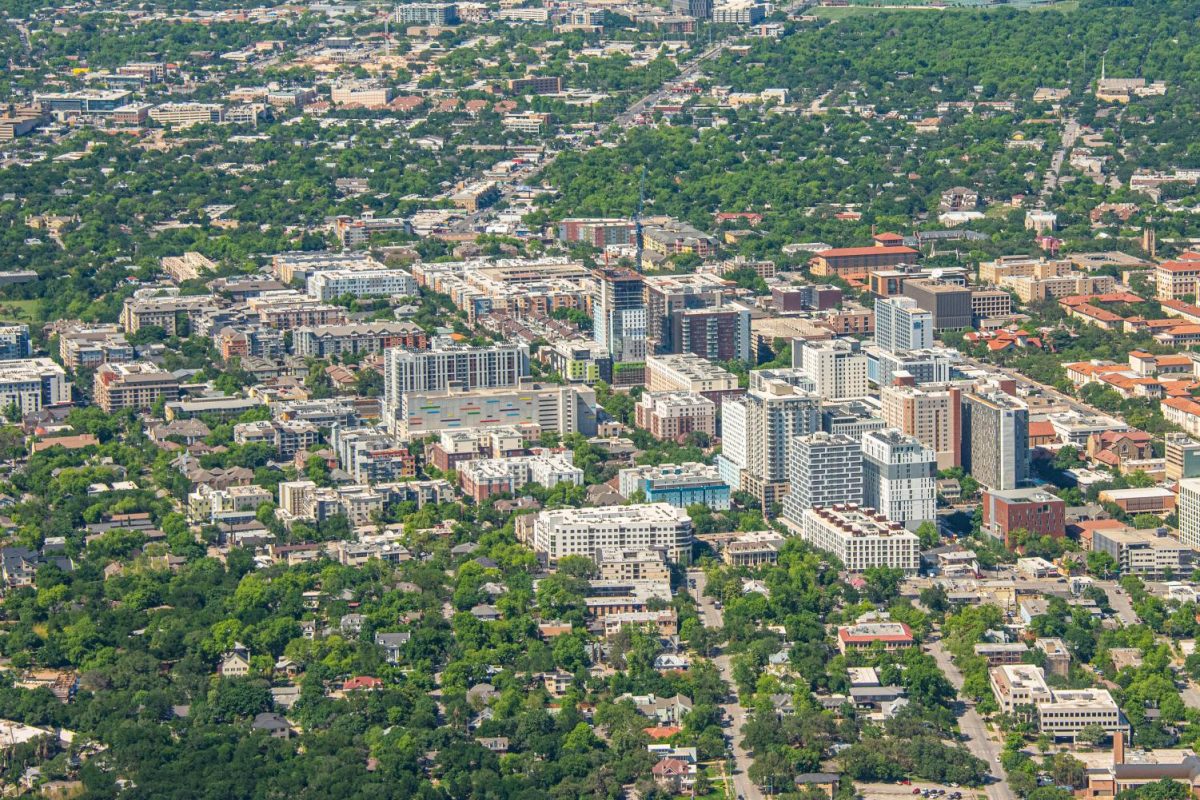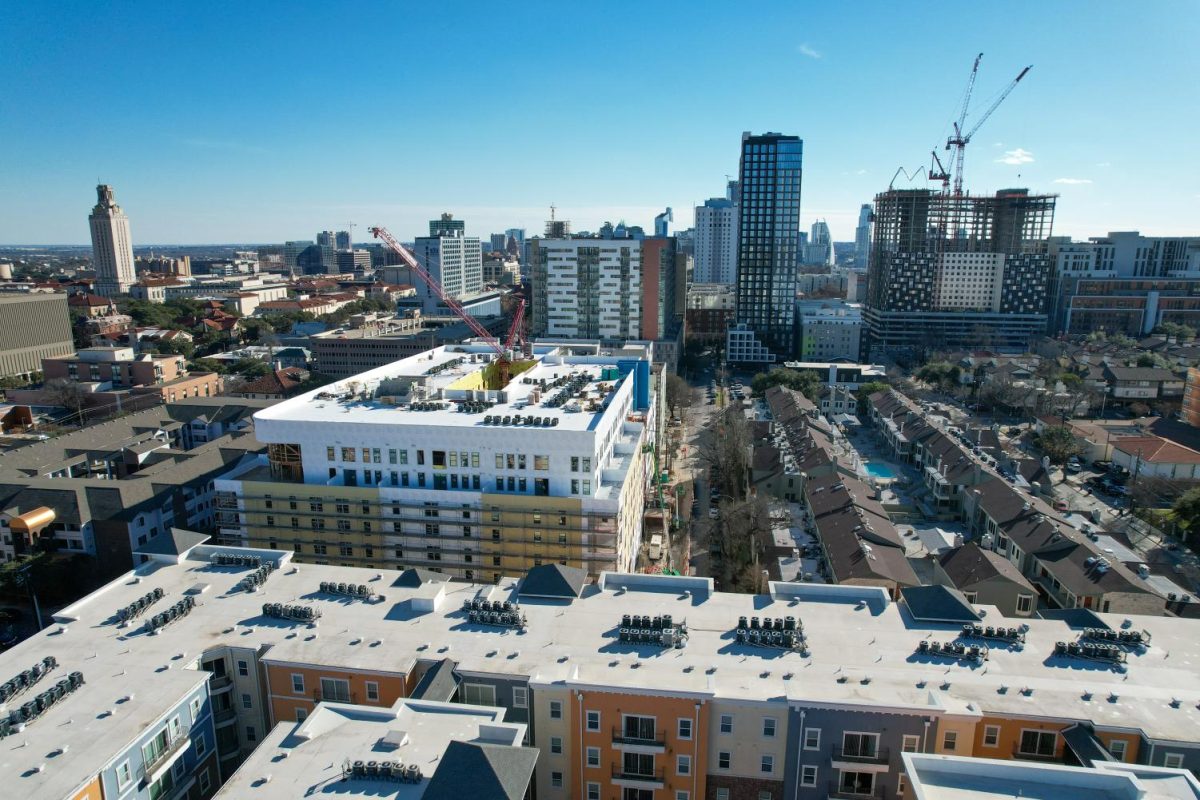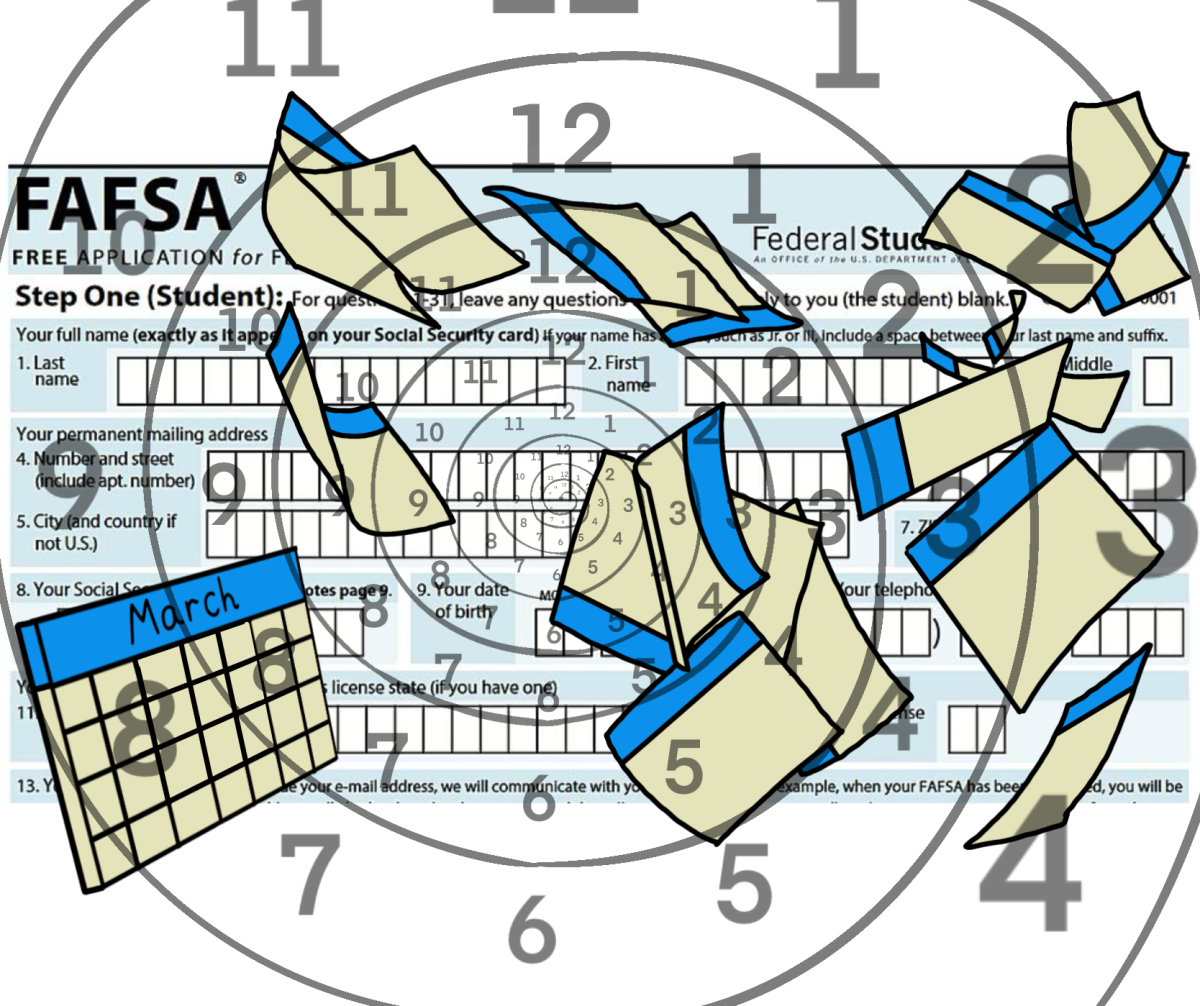A new proposal may require all students to purchase bandwidth each semester to receive Internet access.
William Green, director of networking and telecommunications at Information Technology Services, said over time the amount of bandwidth allocated to students is not sufficient. As of fall 2013, 50 percent of students have purchased additional bandwidth.
“We are watching those percentages grow and are afraid people are suffering needlessly when they get put on the second-class network because they don’t realize it’s not enough bandwidth to do their daily activities,” Green said.
Currently, students are allowed 500 MB of external bandwidth they may use each week at no cost — amounting to less than an hour of medium data usage on Netflix — after which students are moved to a slower, second-class network. Students have the option of purchasing additional bandwidth from 5 GB to 150 GB. In the fall 2013 rate card, 5 GB per week costs $4.25 per semester.
The proposal would eliminate the 500 MB of Internet, and require students to purchase bandwidth each semester. Green said the proposal was created as a way to avoid potential liabilities that could come from providing free Internet.
“Depending on what the student does, the University could have some liability for what happens,” Green said. “If someone does something that is illegal, the University could be liable or could be brought into various cases.”
According to Green, the proposal would also create the funding needed to provide Internet access. Last year, students, faculty and staff generated $132,000 in bandwidth revenue, while the University spent over $750,000 in bandwidth.
Green said ITS generally receives its funding from the University to accomplish the services set out by IT governance. Bandwidth is purchased through four sources of income — ITS operations, residential network operations, tiered public network access and research network operations.
“We are not quite meeting what we’re spending, but as we get people buying into it they’ll start to make up that money,” Green said. “It also means as people consume more we have the funds to buy more.”
As of last spring, University computers make up 52 percent of the bandwidth being used on campus, while wireless, nonresident students are using 48 percent of bandwidth. Because additional bandwidth charges are included in their tuition fees, students living on campus are excluded from usage statistics.
Green said at its busiest time, Tuesdays at 2 p.m., the University is using an average of 5 GB per second.
Undeclared freshman Madeline Barham said she does not pay for additional bandwidth and has not gone over the allocated 500 MB.
“I already pay enough money to go to UT, but, if it were only five dollars a semester, I would think that would be reasonable,” Barham said.
Government and history senior Mauricio Garcia said the allocated bandwidth was not a sufficient amount for him, and he purchased 25 GB of bandwidth this semester for $7.25. Garcia said he thinks the rates for last semester were a reasonable price for bandwidth.
“I like the idea because by the third day of class I’m all over my bandwidth,” Garcia said. “If the University upgrades this, I think that would be perfect because the minimum bandwidth runs out so easily.”
Green said ITS is reviewing rates for next fall and students may see a decrease in the cost of bandwidth as consumption increases. Green said he hopes for a decision to be made in April.





















